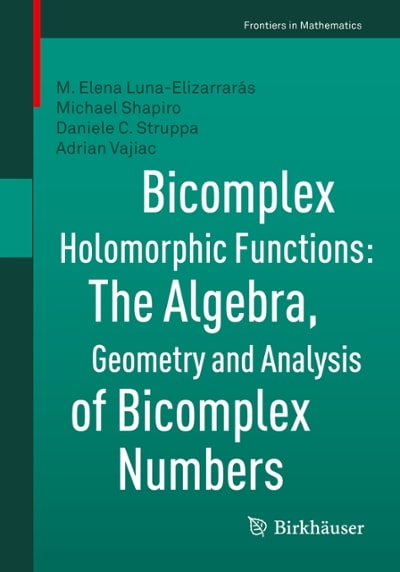Answered step by step
Verified Expert Solution
Question
1 Approved Answer
1 MATH205 - Section 2.2 Homew. W 1.2 Homework - ONLINE-GE 20... W 1.3 Homework - ONLINE-GE 20. W 2.1 Homework - ONLINE-GE 20. W

Step by Step Solution
There are 3 Steps involved in it
Step: 1

Get Instant Access to Expert-Tailored Solutions
See step-by-step solutions with expert insights and AI powered tools for academic success
Step: 2

Step: 3

Ace Your Homework with AI
Get the answers you need in no time with our AI-driven, step-by-step assistance
Get Started


